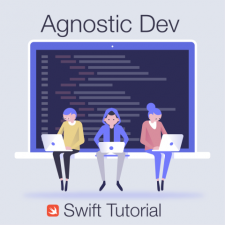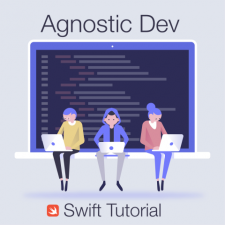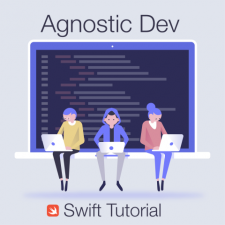How to Define Swift Completion Handlers
Featured Post
If you are like me and have ever found yourself wondering, "what is the exact syntax on how completion handlers are setup in closures?" Then this tutorial is for you. I wrote this tutorial with the idea in mind that sometimes it is nice to have a resource to reference when writing and defining completion handlers in your Swift project. I also wanted to provide a quick reference on how to setup a completion handler as a function and as declared constant. So all you have to do is make the decision about what makes the most sense in your project.





